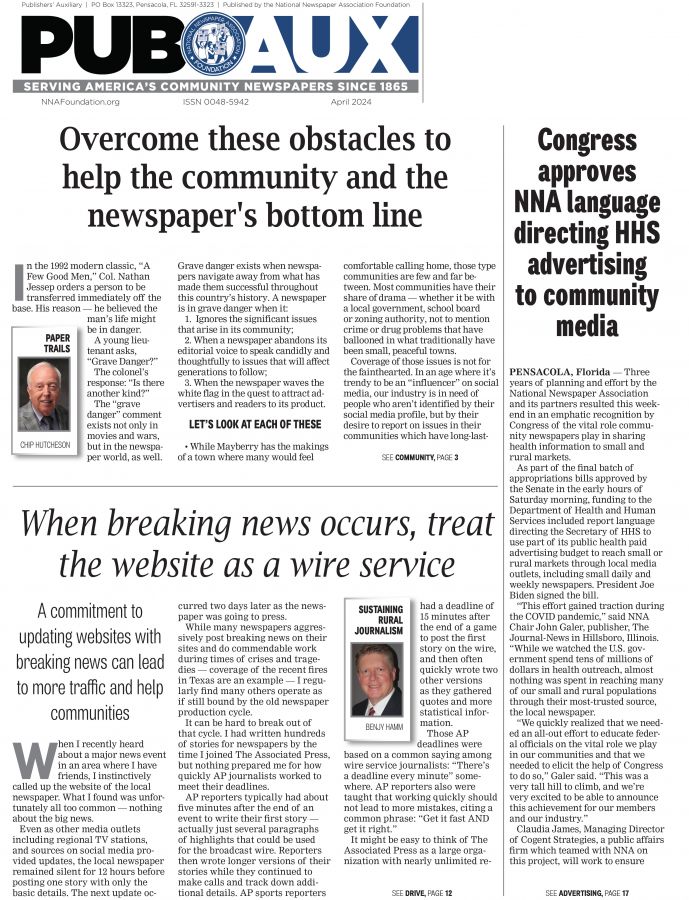US political divide a challenge for Supreme Court independence
May 3, 2017
By Gabriel Sanchez
NNAF News Fellow | University of Minnesota, Minneapolis
The political divide that has overtaken the U.S. might now limit the independence of the U.S. Supreme Court.
Because of political polarization, rather than a lack of qualified nominees, the U.S. has had an empty Supreme Court seat since the death of Justice Antonin Scalia in February 2016. Now, after the removal of the Senate’s filibuster rule on April 6, the process behind selecting Supreme Court justices will be more heavily influenced by this partisan divide.
“It would allow more strident ideologues to get on, because one party doesn’t have to listen to the other party at all,” said Timothy Johnson, a University of Minnesota political science professor who specializes in the Supreme Court and executive and judicial relations. “The reason for the filibuster is to force a supermajority of 60 so you have in almost any instance some bipartisanship. Getting rid of the rule would stop bipartisanship altogether.”
Previously, under the filibuster rule, 60 of the 100 senators would need to vote to confirm a Supreme Court nominee. Now, simply 51 senators need to vote for a nominee to be confirmed, and Senate Republicans have 52 seats. For some, confirmation by simple majority is worrisome because the ideological balance of the court could be compromised. Apart from the seat left by Scalia, three of the nine sitting justices are age 78 or older. Should any of them die or leave the court, the party that holds the Senate majority at the time can confirm a new justice without bipartisan cooperation.
“With the filibuster, a minority of senators can prevent a majority of senators from accomplishing their goals, and that at times is problematic,” said Kathryn Pearson, a University of Minnesota political science professor, who specializes in the U.S. Congress and political behavior. “On the other hand, the filibuster can prevent legislation from being rushed through without adequate consideration.”
The vacant seat has impeded the high court from hearing controversial national cases because of the potential for a 4 - 4 split among the eight justices. When there is a split, the lower court’s adjudication is typically affirmed, although the decision does not set law or policy.
The delay in filling the seat started in March 2016 when then-President Barack Obama nominated Merrick Garland to take Scalia’s seat on the bench. Senate Republicans refused to give Garland a hearing during a presidential election year, and his nomination expired at the end of the 114th Congress. This left many Democrats feeling robbed of a Supreme Court seat, and the denial of a hearing was perceived as a power grab.
President Donald Trump then nominated Neil Gorsuch in January 2017. His confirmation faced a filibuster and a 15-hour speech against the nomination from Senate Democrats.
“The dynamic would be different absent Merrick Garland,” Pearson said. “If Scalia had just died, it is hard to imagine a scenario where Democrats would be filibustering Gorsuch. Many Democrats would vote against Gorsuch, but it’s very hard to imagine a scenario in which there would be more than 41 Senate Democrats willing to filibuster a qualified nominee that comes from the federal bench, despite their vast ideological disagreements.”
Apart from the removal of the filibuster option, the original intent of Senate confirmation hearings for Supreme Court justices has shifted from fulfilling its constitutional advice and consent role and determining the nominee’s qualifications to a focus on judicial philosophy.
“The hearings have devolved into this partisan spectacle,” Johnson said. “It devolved into this, and then the nominees try to fight back. It began with Sandra Day O’Connor in 1981, but really came to a head in 1993 with Ruth Bader Ginsburg and her rule of ‘no previews, no promises.’ Nominees simply won’t answer the confirmation questions. People are upset that Gorsuch won’t answer them, but that is the general rule of nominees now.”
As a result, senators look for clues regarding a nominee’s judicial philosophy in past opinions before the hearings. They then ask questions that might get nominees to tip their hand regarding what their convictions could be. “It’s where you can make sure someone knows the law and get a sense of what they’re like,” Sen. Amy Klobuchar, D-MN, a member of the Judiciary Committee, said. “That’s the whole reason for the hearing. If it was just the credentials, we could just look at his résumé.”
The contemporary nomination and confirmation process, however, may have a chilling effect on judges who aspire to a seat on the high court.
“The biggest thing they probably need to have learned, and I think a lot of them have from (Judge) Robert Bork, is to have as small a paper trail as humanly possible,” Johnson said. Bork was a Supreme Court nominee whose hearing saw an intensely partisan battle in 1987, in which Senate Democrats formed a “solid phalanx” to block an “ideological court coup” by President Ronald Reagan.
“In recent years, both parties have been more likely to thwart the will of the majority,” Pearson said. “But, people’s opinions about the filibuster depend on how their party is situated at that moment. People don’t pay much attention to procedure in general, but when they do, their opinion about procedure is really shaped by which party is advantaged by the procedure. People don’t have views on procedure that are independent of their partisan lean.”







